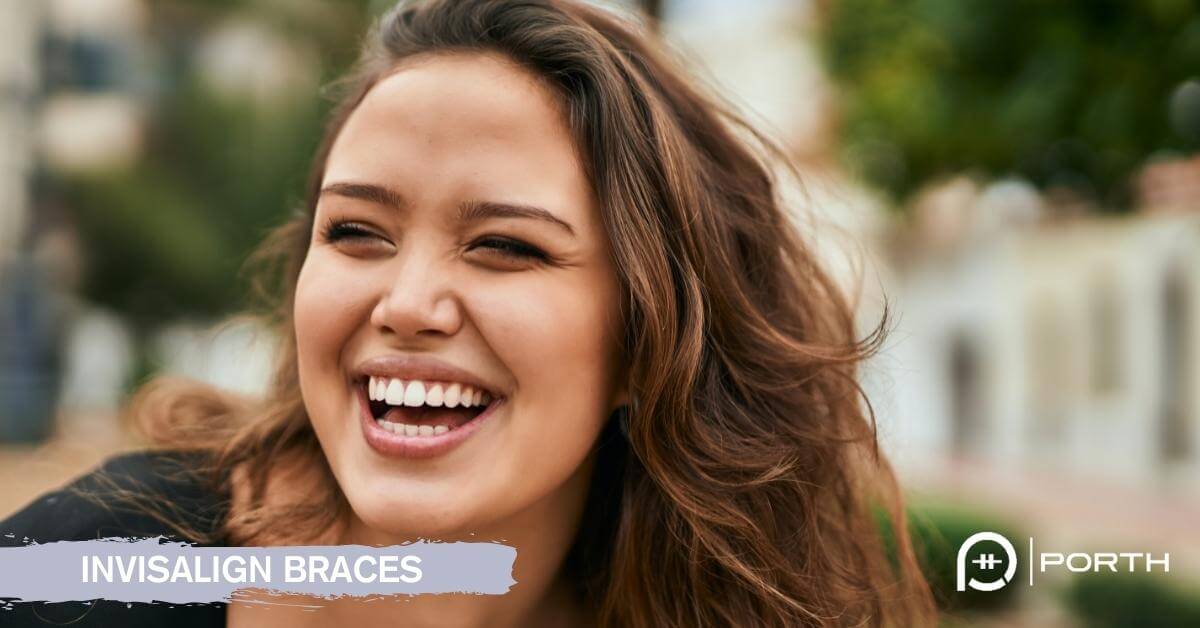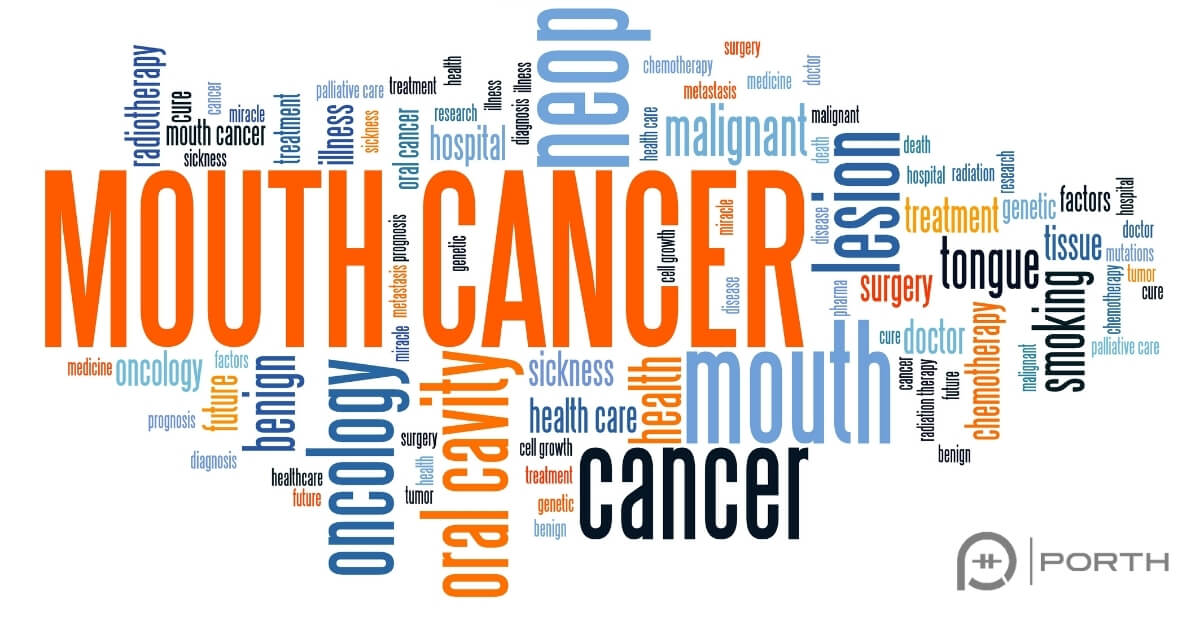Great news! Multiple types of braces are now availed for an orthodontic treatment to straighten your teeth. Traditional braces were limited to metal braces. Dentistry has changed a lot.
It is easier than ever to build a beautiful smile and improve your oral health and oral hygiene. Crooked teeth, spacing, overbite all can be fixed. Studies showed straight teeth is directly connected to self-conscious.
What are clear aligners?
Clear aligners are plastic trays covering your teeth. You have to wear these aligners around 22 hours a day. You can take them out to eat, brush and floss. And, you should also clean your aligners.
Clear aligners started with the align technology mostly for adult patients with crowded teeth. Invisalign providers mostly offered teeth-straightening fo cosmetic reasons.
The benefits of Invisalign (the first brand of clear aligners) was the ability to remove the custom-made trays to brush and avoid gum disease.
What is an Invisalign treatment?
Aligner treatment has became one of common treatment options. Invisalign aligners are one of the options that you have. Basically, your aligner treatment can be done by invisalign or other aligner systems like Angel or Spark aligners.
Invisalign vs. braces
Clear aligners are partially invisible braces. The main difference between Invisalign vs braces is that Invisalign trays can be removed but braces are glued on your teeth.
Experienced orthodontist can fix most orthodontic issues with both aligners and braces. Advancements in aligner systems allows us to fix all malocclusion with aligners.
In certain patients, it is more efficinet to mix braces and aligners. Complex cases that needs stringent patient compliance might be a good choice of this approach. Desired position of the teeth with aligners and braces should be the same.
Cost of treatment is often the same for invisalign vs braces. Severe cases are more expensive with aligners or ceramic brace. Type of dental insurance plans determine how much the total out of pocket cost of treatment will be. Cost of braces and Invisalign cost are mostly the same.
Both braces and aligners have similar soreness. Some discomfort comes from early teeth alignment. Your teeth are sensetive in the first few days of each aligners – most of the time.
Sticky foods are not good for aligners when you are wearing them which is most of the day. This is similar with braces.
Dental care checkups are slightly easier to manage with aligners compared to the braces.
How does braces work different compared to clear aligners?
Metal braces or clear braces are all attached to your teeth. The metal wires that connects all metal braces move teeth.
Clear plastic aligners are a series of custom removable trays. You start with one set of aligners, then you progress to new set of aligners.
It is important to complete the movement programmed to an aligner before you move to the next set of aligners. You can use aligner seater to help with this especially the first few days of new aligners. Adult orthodontic treatment started the tooth movement with plastics but now kids and teens are opting to use invisalign braces.
Removal of aligners to use a toothbrush and have accessibility between the teeth to brush could avoid tooth decay. Getting a new smile should not impact your oral health.
As you progress through treatment time they move your teeth to the correct position. Sometime you need rubber bands to fix your bite with braces or aligners. Straighter teeth doesn’t always mean a good bite.
What are the differences between clear aligners and Invisalign braces?
Clear aligner is a generic name for all clear plastic aligners. Invisalign braces is one kind of aligners. Each aligner system has different parts. Your orthodontist decides which system works better based on her expertise.
Most orthodontists offer free consultation for a new smile assessment. Whether you have a crossbite or an underbite, you should use this opportunity to get a asessment about your orthodontic treatment.
What are the differences between invisalign braces and lingual braces?
Metal brackets that are behind your teeth are called lingual braces. Lingual braces are very different from traditional metal braces. Both clear aligners and lingual braces are cosmetic orthodontic treatment options.
The main difference between lingual braces and invisalign is keeping up with wearing clear plastic aligners. It takes about a month to get use to lingual braces.
The discomfort with clear aligners are slightly different compared to braces behind the teeth. Both clear aligners and lingual braces can cause lisp. Lingual braces costs more than clear aligners.
What are the payment options for Invisalign Braces?
Orthodontic treatment cost often depends on the complexity of the treatment. Your insurance plan often partly covers the Cost of invisalign.
Most orthodontists also offer monthly payment plans. Dental insurance has a yearly limit for cleanings, whitening, and cavity repairs. Orthodontic treatment coverage is lifelong.
Do I need retainers after my Invisalign braces?
Retention is part of orthodontic treatment plan. After you fix misalignment or bite problem going through the invisalign work, you need to maintain your teeth using a retainer. Read more about retainers here.
FAQs on Invisalign vs. Braces
Yes. clear aligners are good to fix deep or open overbite. This needs great patient compliance with waering the trays 22 hours a day.
Yes clear aligners can be used to fix almost all orthodontic problems. Sometime it takes significantly longer to move teeth to proper position with clear plastic compared to traditional metal braces.
22 hours of wearing invisalign clear aligners. This can burn you down after a while.
No. Clear aligner treatment is for patients of all ages.
Not necessarly. Invisalign could be slower than braces if you don’t wear the aligners full time.
Not really. Aligners and braces are both good choices for the right patient.



